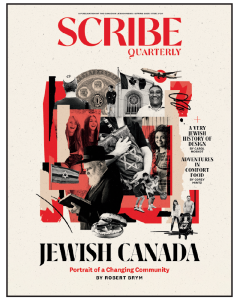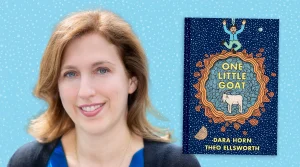Andrew Burashko is disappointed that many people under the age of 30 have not given classical music a chance. That’s why his upcoming concerts at Toronto’s Harbourfront Centre theatre are designed to stimulate the senses, minds and imaginations of music lovers of all ages.
The classical pianist’s concert, Sound and Colour, will offer viewers a multi-sensory experience: Burashko’s solo performance of Scriabin’s 24 Preludes, Op. 11, will be accented by “lighting that corresponds to Scriabin’s synesthetic correlation of colour to music.”
Burashko has been immersed in music since childhood. Born into a musical family in Moscow, he came to Toronto via Israel in 1973. He continued his practice and study of classical piano in Canada and his mentors quickly recognized his abilities. This led to opportunities to work with some of the finest music coaches in North America, including Mariana Geringas, Leon Fleisher and Sella Davidovich.
Burashko was just 17 when he premiered with the Toronto Symphony Orchestra under the baton of Andrew Davis. Soon after, he was invited to play with orchestras across Canada and to collaborate with esteemed conductors such as Peter Oundjian, Jukka Pekka Saraste and Pinchas Zukerman.
However, Burashko sought a wider range of possibilities. “I grew up in love with all kinds of music: jazz, theatre, dance, popular,” he says. “When I started The Art of Time Ensemble (in 1997), it was with the intention of bringing new audiences to classical music.”
One might also say that Burashko sought to convey broader variations on the classical concert through dynamic forms of presentation.
“I wanted to explore where classical music intersects with other art forms,” he says. “How was classical music inspired by literature, theatre, dance and other types of music?”
READ: YEMINI SINGER MIXES HERITAGE INTO MUSIC
Questions of this sort led Burashko to boundary-erasing projects and collaborations. For example, in February, The Art of Time Ensemble’s concert, A Singer Must Die, offered concertgoers a foray into Leonard Cohen’s poetry and songs. The project entailed collaborations with top-notch arrangers – such as Gavin Bryars, Robert Carli, Jonathan Goldsmith and Andrew Staniland – esteemed singers – including Steven Page, Sara Harmer, Tom Wilson and Sarah Slean – and respected writers like Michael Redhill, Christopher Dewdney, Barbara Gowdy and former governor general Adrienne Clarkson.
Sound and Colour, Burashko’s newest project, will pursue an alternate musical investigation, offering attendees a synesthetic experience. Each of Scriabin’s preludes “will be bathed in an immersive light and colour experience,” created by lighting designer Kevin Lamotte.
Burashko explains that according to some researchers, certain sounds evoke shapes and colours. “It is not uncommon for musicians to perceive colours when they create music,” he says. This kind of experience is called synesthesia.
Burashko became interested in this phenomenon when he discovered the work of neurologist Richard Cytowic, author of The Man Who Tasted Colour. Burashko also has long been interested in performing The Preludes. The upcoming concert permits him to merge his interests and aspirations in a novel and provocative way. The show will be complemented by a lecture from Cytowic.
If it seems as though this program borrows from rock concerts’ special effects, that is somewhat true. Burashko says that Sound and Colour is a further foray into integrating words, music and visual art, to create groundbreaking concert experiences.
Art of Time Ensemble’s Sound and Colour will be playing at the Harbourfront Centre theatre from March 22 to 24. harbourfrontcentre.com.






